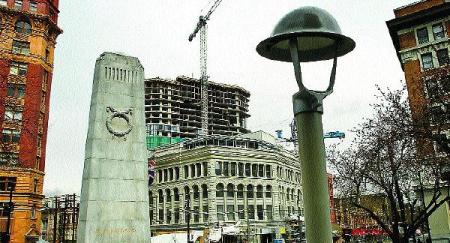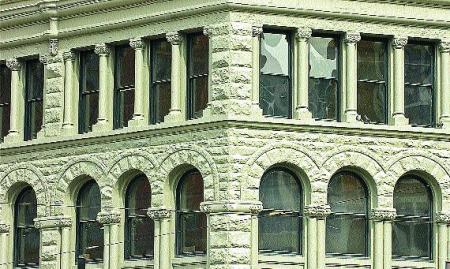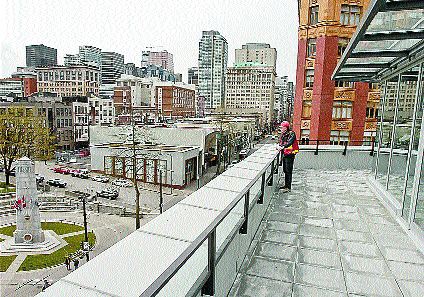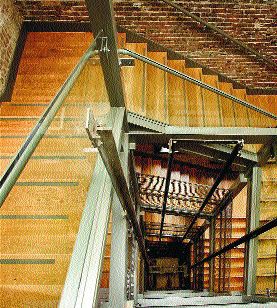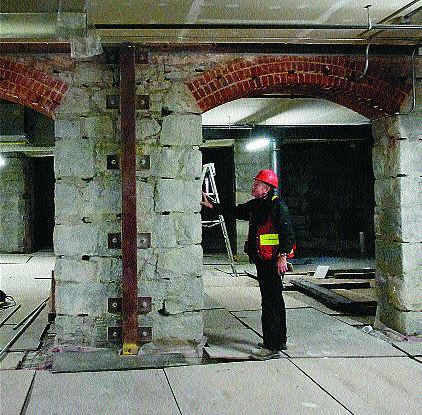Gillian Shaw
Sun
Internet long-distance provider Skype announced Monday a flat-rate service that will let users call land lines around the world for only a few dollars a month.
For Canadians that translates to $2.95 a month for unlimited long-distance calls to landlines and cellphones across Canada and the United States. The company defines unlimited as 10,000 minutes a month, or the equivalent of five hours of talking each day.
For $9.95 a month, Canadians will be able to call people on their landlines in 34 countries, and for $5.95 they can make unlimited calls to landlines in Mexico City, Guadalajara, and Monterrey.
It’s the latest price offering in an industry where the lucrative profits of long-distance calling have long since disappeared, and where Skype, a pioneer of Internet phone service that is now owned by eBay, is struggling to make money on what has largely been a free service among Internet users.
“It’s getting to be almost near impossible to make money out of this long-distance business because the margins are so slim and the volumes that you require — in terms of minutes of calling — are so great that only the specialists are remaining in the market, Skype being one of them,” said Eamon Hoey, a telecommunications consultant with the firm Hoey Associates. “If you look at the telephone companies, they have almost lost total interest in this market.
“They are not very competitive with most of what you’ve got out there, and I think they are just trying to harvest what they have. They’re trying to maximize their revenue and their margins within a declining market.”
Skype, which was acquired by eBay in 2005 in a $2.6-billion US stock and cash deal, has failed to generate revenue to justify the price tag, and caused eBay to take a $1.4-billion charge on its books last fall in relation to the deal.
Its announcement Monday marked the first time Skype has offered subscriptions giving users a flat monthly rate for calling landline numbers in 34 countries. The subscriptions come with various options, from unlimited calls to landlines in the country a user chooses, to unlimited calls to landlines in the 34 countries.
“This move is a natural step for Skype. Skype was founded on the principle of making free voice and video calls available to people all around the world,” said Stefan Oberg, vice president and general manager telecoms at the Luxembourg-based Skype. “And now we’re making it even easier for the Skype community to call their friends and family who are not yet on Skype.
“Our subscriptions give people an easy, hassle-free choice for how and when they want to catch up with their loved ones,” Oberg said in a release announcing the new subscription service.
Hoey said Skype’s new subscription service isn’t likely to impact long-distance rates in Canada.
“You get a price decline because somebody in the market has pricing power, and Skype does not have pricing power,” he said. “I don’t think Skype has the capability within the market, certainly not within the Canadian market, to dictate price.”
Hoey said the quality of Skype’s service doesn’t appeal to some users.
“I don’t like it,” he said. “It works for some people — my daughter used it when she was at university because it was cheap to call her buddies.
“But don’t call me on that thing. The quality of service is just not there.”
Voicemail is included in the subscriptions. While the new service doesn’t lock people into long-term contracts, the company is offering one-third off its rates for new subscriptions for a three-month or 12-month period for customers who sign up before June 1.
The company has 309 million registered users that it says have made more than 100 billion minutes worth of free Skype-to-Skype calls. Skype’s peer-to-peer software for Windows, Linux, Mac OS X and Pocket PC platforms allows users to make free Skype-to-Skype voice, video calls and instant messages.







